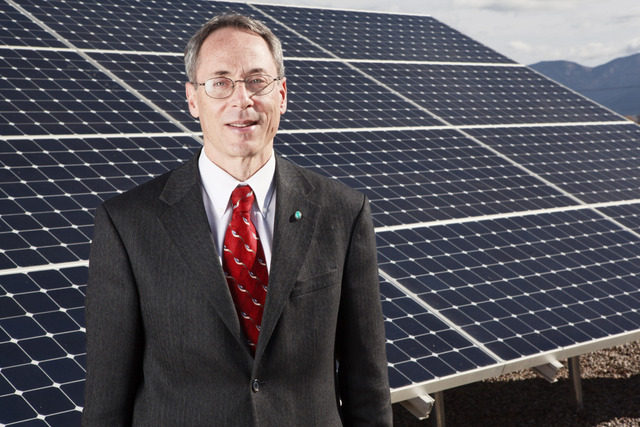Heated Conclusion: Outgoing Prc Member Goes To Bat For Solar Energy
Outgoing Prc Member Goes To Bat For Solar Energy


Eric Williams ericwphoto.com
Latest Article|September 3, 2020|Free
::Making Grown Men Cry Since 1992


Eric Williams ericwphoto.com

